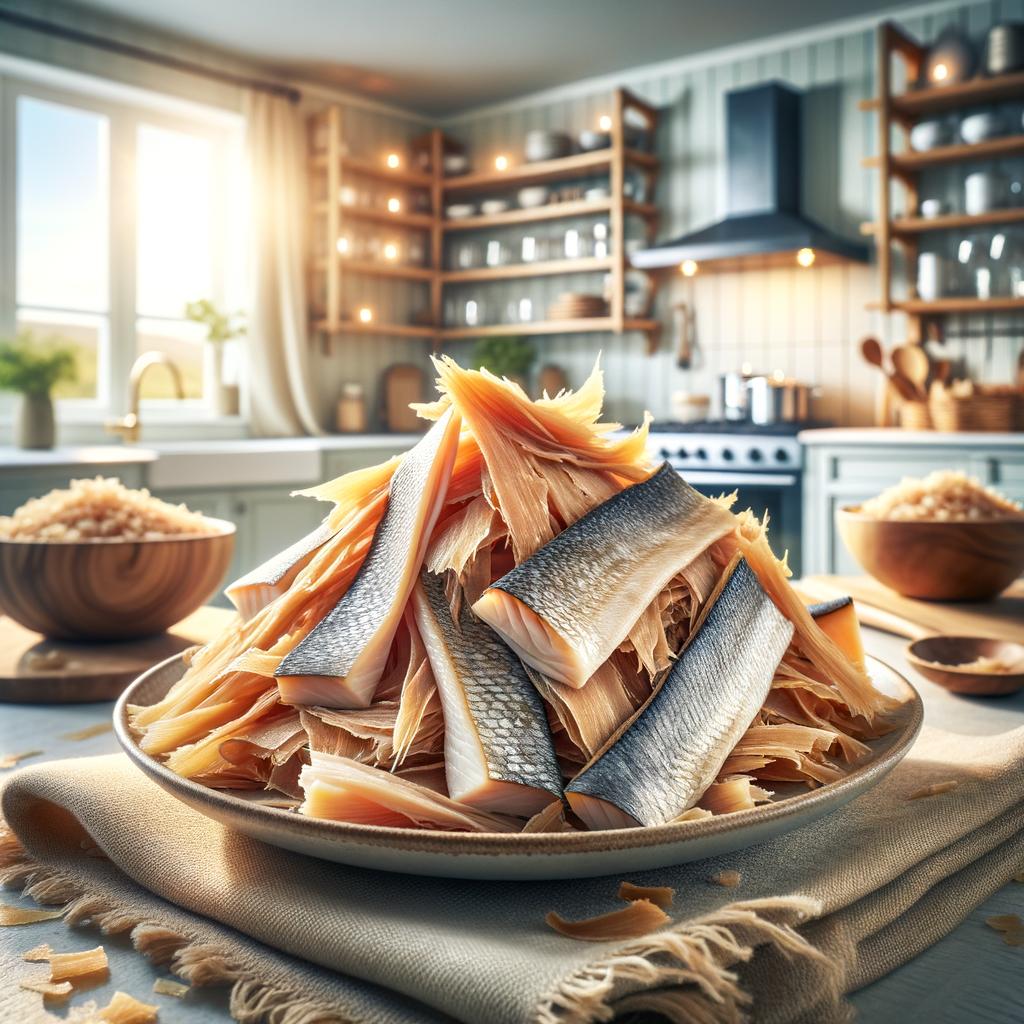Klippfisk

Klippfisk
Description
Klippfisk, or "clipfish" in English, is a traditional Norwegian delicacy with an intriguing history. Its name, which literally translates to "rock fish," is derived from the age-old practice of drying the fish on the rocky cliffs of Norway. Klippfisk is primarily made from Atlantic cod, although pollock can also be used. The fish is salted, dried, and then rehydrated before use, giving it a unique texture and flavor profile. The final product is firm yet flaky, with a salty-sweet taste that is both robust and subtle. Its distinct flavor and texture set it apart from other dried or salted fish products.
Primary Uses
Klippfisk is a versatile ingredient used in a variety of dishes across different cuisines. In Norway, it’s a key component in traditional dishes such as 'bacalao', a stewed fish dish with tomatoes, onions, and olives. It's also popular in Portuguese and Spanish cuisines, where it's used in dishes like 'bacalhau à brás' and 'bacalao con tomate'. Beyond its culinary uses, klippfisk also holds cultural significance in these regions, symbolizing the deep-seated maritime traditions and the resourcefulness of the people in preserving food.
History
The history of klippfisk dates back to the 17th century when Spanish merchants started trading with Norway for dried fish. The Norwegians began salting and drying cod on the cliffs, a process that preserved the fish and enhanced its flavor. This method allowed the fish to be stored for long periods and transported over great distances, making it a valuable commodity. The popularity of klippfisk spread throughout Europe, especially in Catholic countries where fish was consumed on meatless Fridays and during Lent. There are many stories associated with klippfisk, including tales of how it sustained explorers on long sea voyages and helped communities survive harsh winters.
Nutritional Information
Klippfisk is not only delicious but also nutritionally rich. It's a great source of lean protein, vitamins B12 and B6, and essential minerals such as iodine, selenium, and zinc. Despite its high sodium content due to the salting process, klippfisk can be a healthy addition to the diet when consumed in moderation. It's lower in fat compared to fresh cod, making it a good choice for those watching their fat intake. However, it's essential to soak and rinse klippfisk thoroughly before cooking to remove excess salt.

